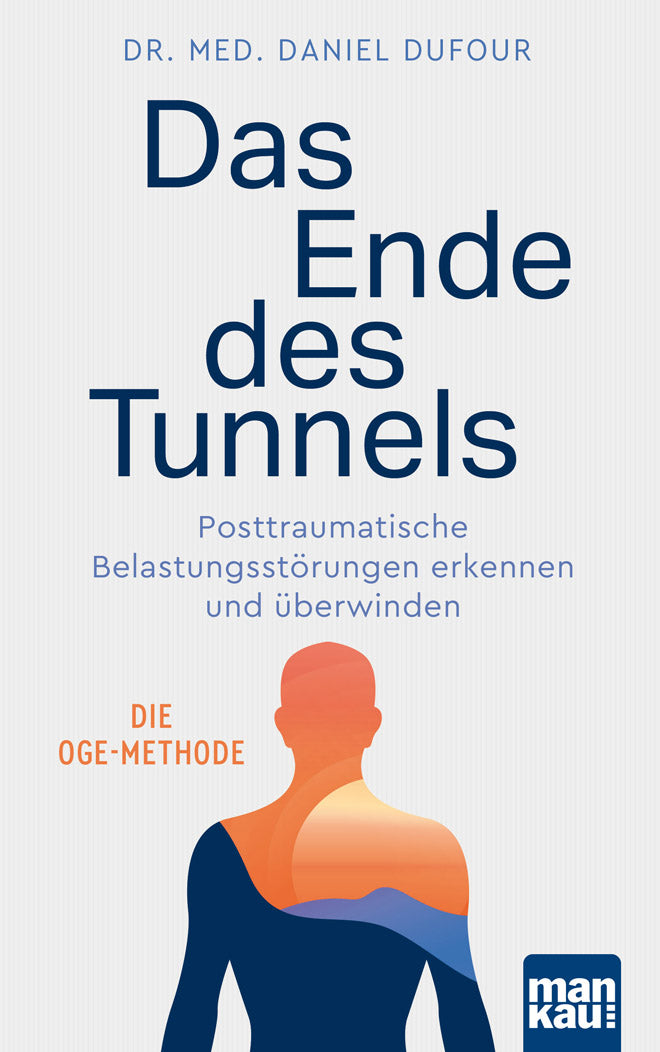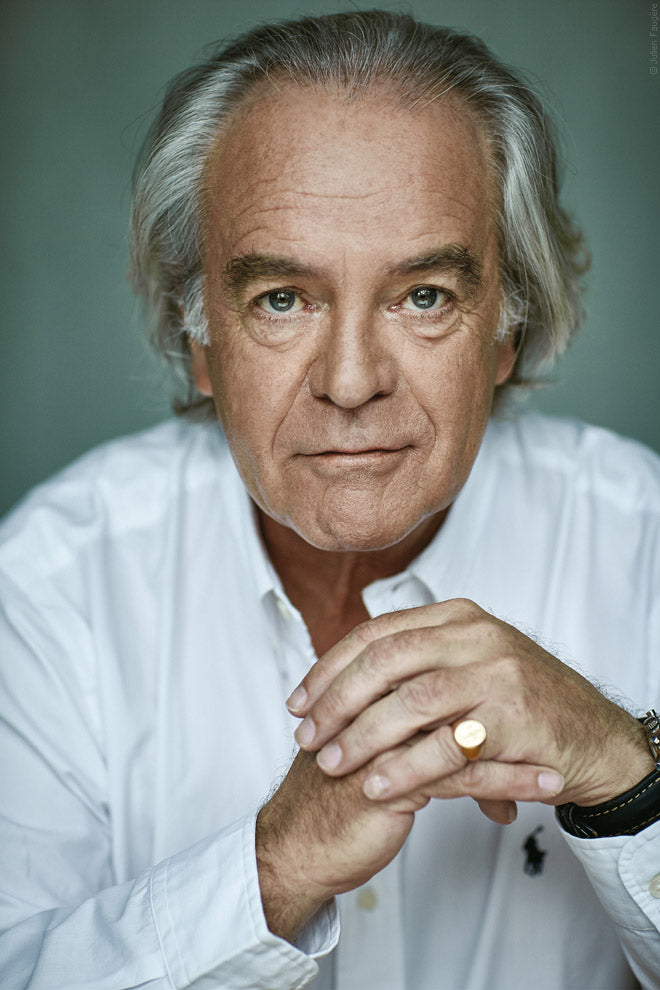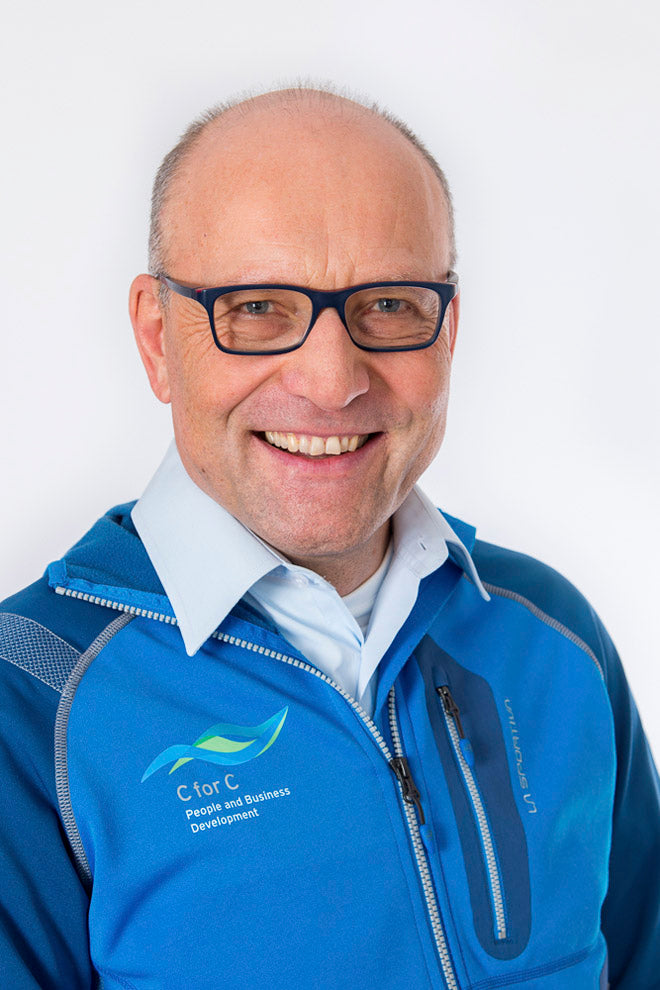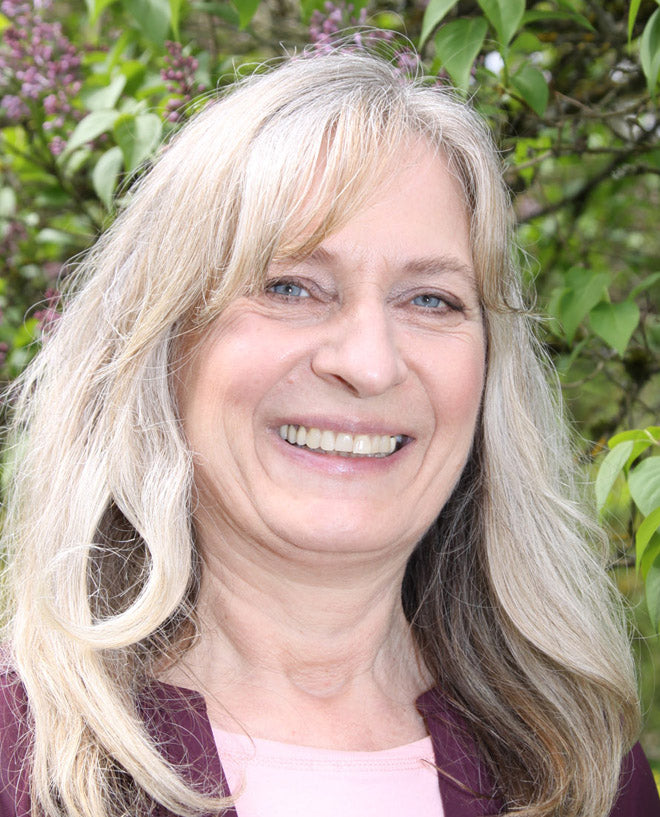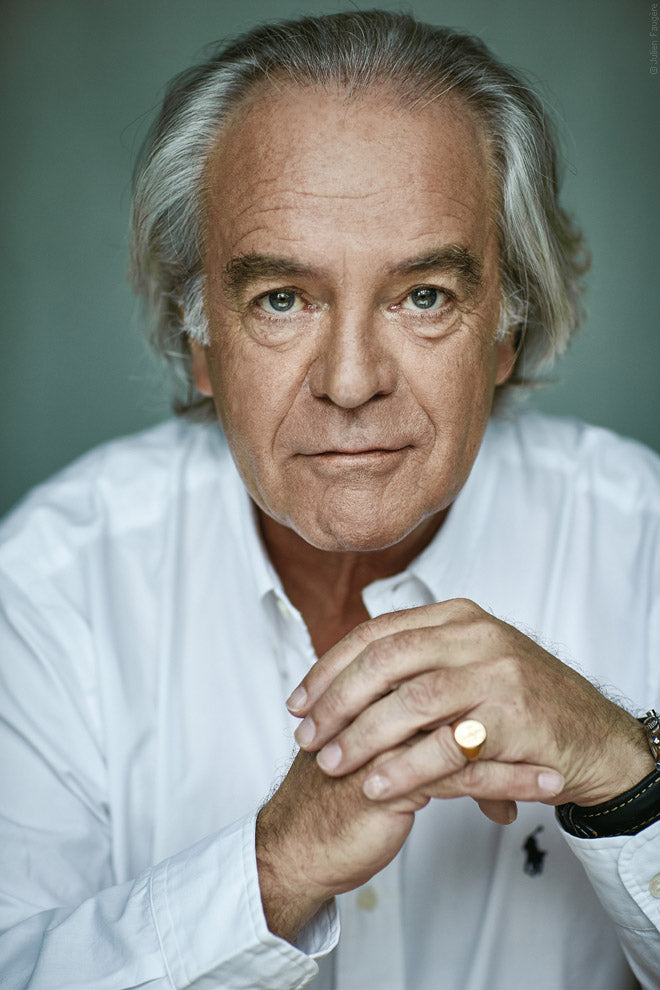
Post-traumatic stress disorder (PTSD): “Like losing your soul…”
Post-traumatic stress disorder (PTSD): “Like losing your soul…”
"Almost everyone has heard of post-traumatic stress disorder, but most people only think of soldiers in war zones - very few people are aware that PTSD can occur after any traumatic experience, can affect any of us and is even widespread in some professions. If left untreated, it can lead to serious secondary illnesses; but unfortunately the current treatment methods are wrong. The most important thing is to consciously allow and live out the emotions associated with the traumatic experience." Dr. med. Daniel Dufour , founder of the successful OGE method and author of the guidebook "The End of the Tunnel" among others , talks in an interview about his personal experiences and his important findings on post-traumatic stress disorder.
Millions of people – not just soldiers or war refugees – suffer from the consequences of traumatic experiences. Which people or professions are at risk for the so-called “post-traumatic stress disorder” (PTSD)?
Dr. Dufour: Anyone who directly or indirectly experiences a natural disaster (floods, earthquakes, fires...) or is a victim of violence (war, beatings, rape, bullying, accidents...) can develop PTSD two, three months or even years later. Certain professions are at increased risk: soldiers, police officers, firefighters, prison guards, train drivers, first responders or aid workers, for example, but also social workers, judges or lawyers who have to listen to reports of violent acts experienced by their clients.
Despite its widespread prevalence, PTSD has only recently been recognized as a separate disease. Since when has it been spoken of, and what criteria lead to a diagnosis?
Dr. Dufour: PTSD was first mentioned in the 1960s, when American soldiers returned from the Vietnam War. At that time, people spoke of an anxiety disorder, and those affected were treated inappropriately and inadequately. PTSD was not recognized as a separate illness until 2013. Four main groups of symptoms help with the diagnosis:
• Remembering: A person affected relives the event partially or completely, for example in nightmares or flashbacks.
• Avoidance behavior: A person affected does everything to avoid finding himself in the same places or in the same discussions or conversations that remind him of the traumatic event.
• Flattening of emotions: A person affected blocks out his emotions, looks pessimistically into the future and feels detached from the people and things around him.
• Disorders of the autonomic nervous system: These include, for example, overexcitement, difficulty concentrating or self-endangering or self-destructive behavior.
You have already reported in your autobiography that you yourself suffered from PTSD. How did that come about and how did you manage to overcome it?
Dr. Dufour: It's a long story that is difficult to tell in a few words. I worked as a surgeon in war zones, in Africa, Asia and in crisis regions in the Middle East, especially in the 1980s. I had to stop working as a surgeon because I had a kind of tendonitis in my right arm, the causes of which were not clear at the time, but which turned out to be the first sign of PTSD. It was only through treating my patients that I realized what I was suffering from and how to recover from this illness. This is where the OGE method comes from, which I founded 21 years ago. I report all of this in my autobiography "J'ai failli y laisser mon âme" (I almost lost my soul in the process)...
The disease is often underestimated in the media and even by doctors. What are the reasons for this and who should those affected turn to?
Dr. Dufour: This serious illness is often misunderstood because, as I said, it has only been recognized in medical circles for a few years. In addition, conventional medicine too often only treats the symptoms and does not look for the causes in the patient's past. For example, a person who was beaten as a child can suffer from PTSD for decades, which manifests itself in depression or chronic back pain. Medicine can treat these symptoms, but it will not work in the long term because the cause (the violence suffered as a child) is neither recognized nor treated.
The media, on the other hand, are very interested in the sensational events (attacks, accidents, floods). But once the reports have been published, they do not ask about the medium and long-term fate of the victims or the helpers (police officers, firefighters, first responders, etc.), and certainly not about those who experienced it. In addition, the professions (police, firefighters, army, aid organizations) do not want to talk about the serious long-term effects that their people suffer. And since the success of treatment with conventional therapies is very modest, this does not encourage doctors, the press or the professions to say much about the subject.
You differentiate between viewing an illness as a “fate” and viewing it as a “message”. What are the characteristics of these two approaches and what role does the therapist play in them?
Dr. Dufour: The traditional approach sees disease as a calamity that strikes the patient - in the form of viruses, bacteria or abnormal cells - without knowing the cause. The body is therefore a kind of enemy and the symptoms are fought with anti-viral, anti-bacterial or anti-inflammatory drugs. The therapist is the one who "prescribes" the drug. He has the power because he has the knowledge. The patient thanks the therapist for providing him with the treatment. He does not learn anything about what has happened to him and is just as ignorant afterwards as he was before the disease.
If, on the other hand, an illness is seen as a "message", the patient is the centre of attention and his body is the bearer of information. He is told that he is not respecting himself, which leads to tension. If this tension persists, the effectiveness of his immune system is reduced. As a result, viruses, bacteria or abnormal cells make the patient's body ill. The therapist helps the patient to understand what his body, which is his best friend, is trying to tell him. The patient is the only one with the power to heal himself once he starts respecting himself again. He learns from his experience and this allows him to move forward in life.
Based on your own experiences and the inadequacy of conventional treatment methods, you have developed your own holistic approach. What treatment options are there for PTSD and how does your OGE method differ from them?
Dr. Dufour: Conventional methods are based on the principle that PTSD occurs because the brain of the sufferer is dysfunctional in dealing with the traumatic memory. This idea comes from the materialistic approach, which is a dogma (which means it has not yet been proven). Treatment targets the symptoms and not the causes. As a result, it is inadequate, even ineffective.
A trauma victim has three automatic reactions that are not controlled by the brain: flight, attack or freeze; in addition, the victim feels a great deal of anger, consciously or unconsciously. The tension that results from the suppression of this anger is responsible for the symptoms that the victim suffers from. The OGE method allows those affected to revive this anger, to feel it and finally to express it. This allows them to relax, regain their inner balance and be healed. It sounds very simple on paper, but in reality it is more complicated. But you can do it alone or with someone else.
It has now become common practice for victims and witnesses to receive psychological or pastoral care after attacks, natural disasters or accidents. Are these crisis intervention measures suitable for preventing the development of PTSD, or are there other ways of preventing it?
Dr. Dufour: The interventions made available to victims are inadequate because they do not take into account the very normal emotions that victims experience. Most approaches involve a lot of talking, trying to "categorize" the emotional response of victims, rather than encouraging them to express their feelings. The idea is simply to tell them that they do not have to fight their emotions. On the contrary, to let them out. This can be done alone or with a therapist who is specially trained to do this, and as soon as possible after the traumatic event.
Book tip:
Dr. med. Daniel Dufour: The end of the tunnel - recognizing and overcoming post-traumatic stress disorder. The OGE method. Mankau Verlag 2019, paperback, 13.5 x 21.5 cm, 190 pages, 16.95 euros (D) / 17.50 euros (A), ISBN 978-3-86374-493-9.
Link recommendations:
More information about the book "The End of the Tunnel. Recognizing and Overcoming Posttraumatic Stress Disorder"
To the reading sample in PDF format
More about the author Dr. med. Daniel Dufour
To the Internet forum with Dr. med. Daniel Dufour
